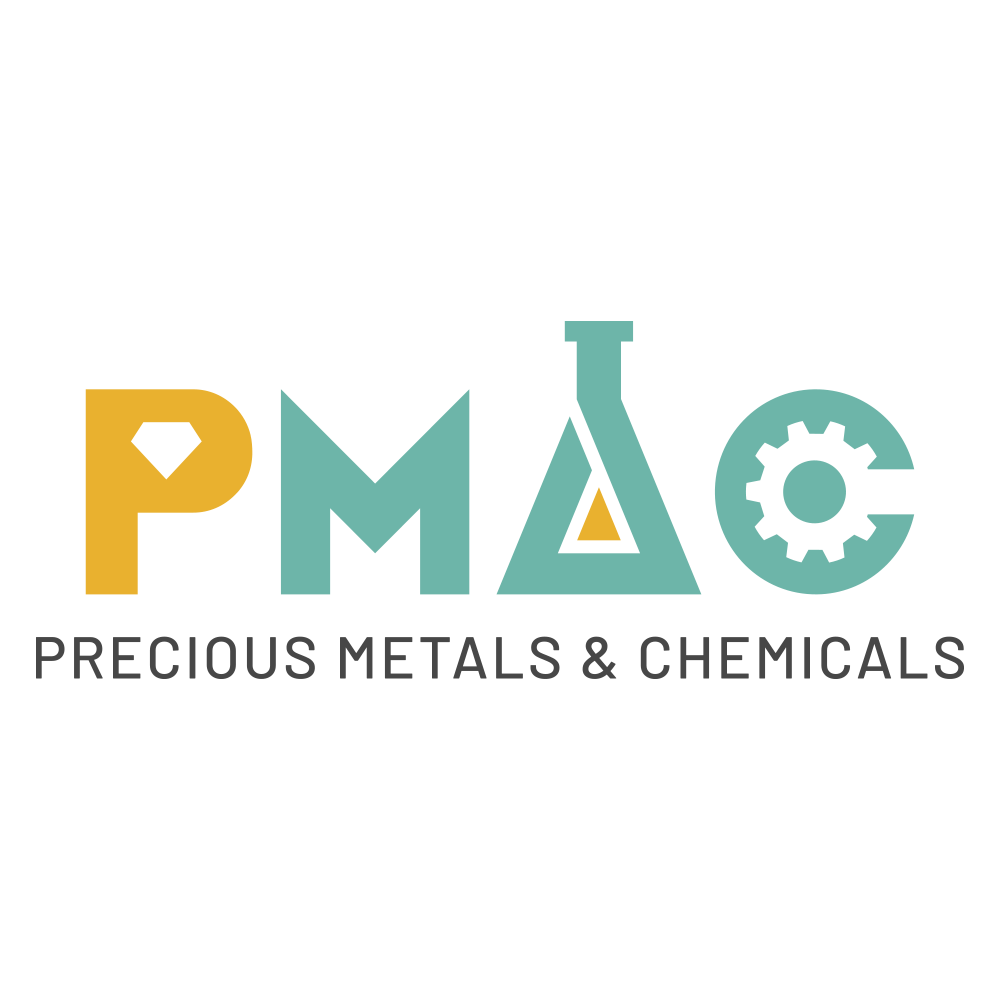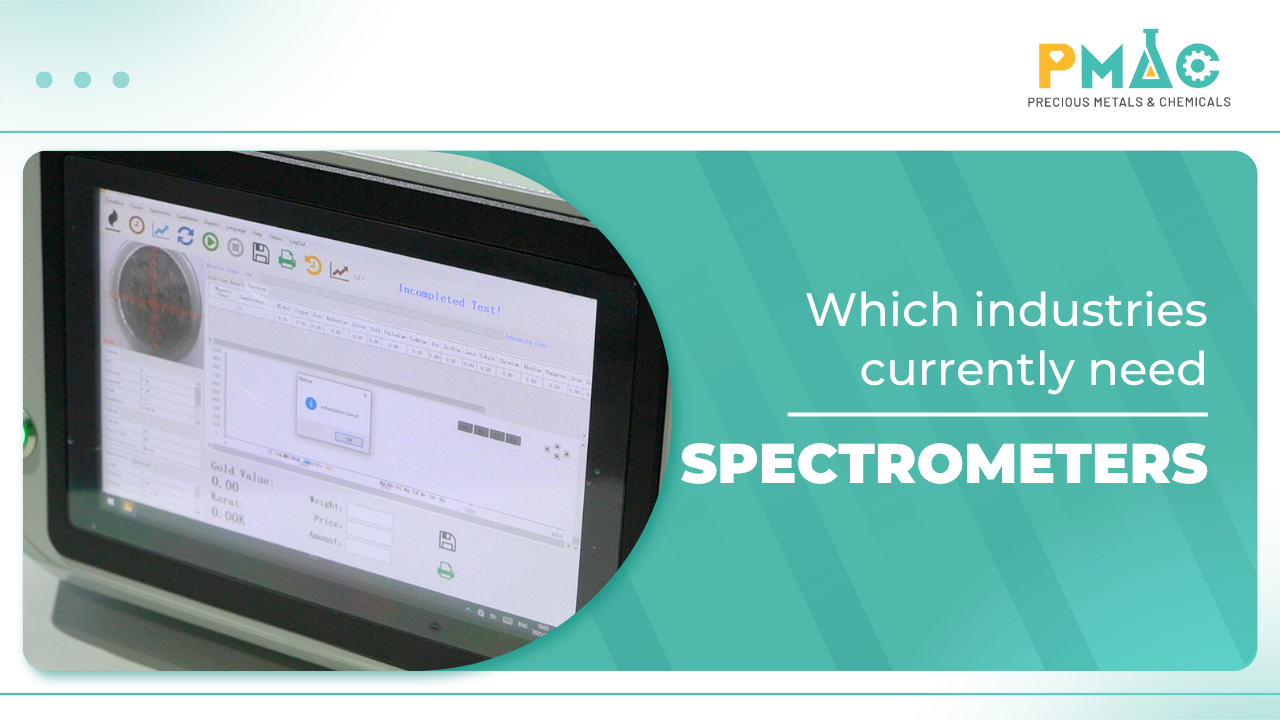I. What is a spectrophotometer?
1. Definition of a spectrophotometer
A spectrometer is a scientific instrument used to analyze the chemical composition of materials based on their emission or absorption of electromagnetic radiation.
Simply put, it’s a powerful tool that identifies the elements present in a sample — from precious metals like gold, silver, and platinum, to industrial alloys, soil, water, or electronic components.
With its high precision and fast analysis speed, the spectrometer has become an essential instrument across many industries.
2. How Does a Spectrometer Work?
The working principle of a spectrometer is based on detecting and measuring the intensity of light emitted or absorbed when atoms in a sample are excited.
Each chemical element produces a unique “spectral fingerprint,” allowing the device to determine both the composition and concentration of elements in the sample.
Thanks to this property, spectrometers are widely used in quality control, scientific research, and environmental monitoring.
>> Read more: Free Gold Testing Service – The Ultimate Solution Against Fake Gold
>> Read more: DXL800 Gold Analyzer – Precision Tool for Measuring Precious Metals
II. Applications of Spectrometers
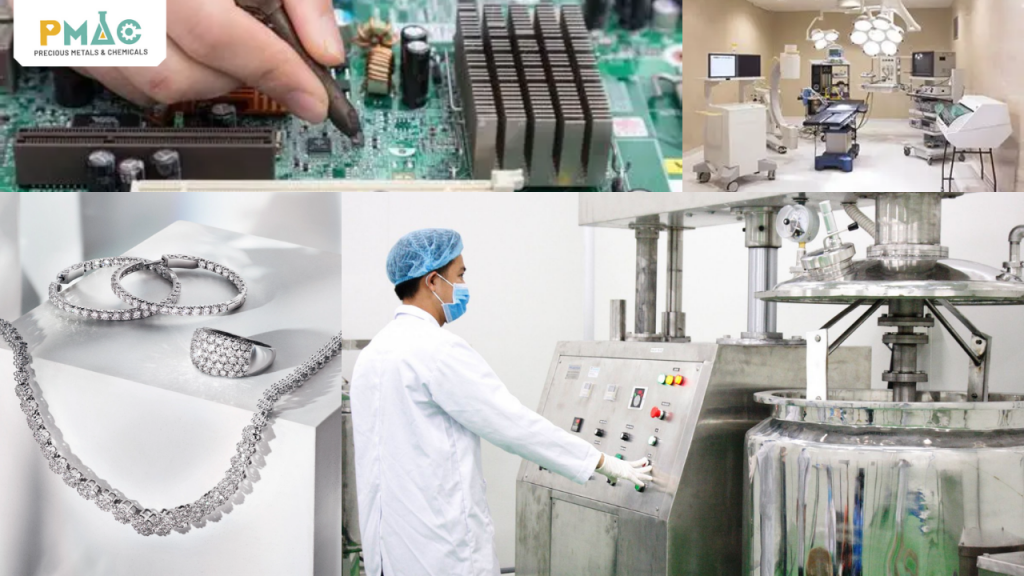
1. Jewelry and Precious Metals Industry
In the jewelry industry, purity and authenticity are everything. Spectrometers allow jewelers to accurately determine gold karat, purity levels, and detect any adulteration with other metals.
By ensuring transparency and reliability, jewelry stores not only protect their brand reputation but also earn long-term customer trust.
2. Metallurgy and Material Production
Metallurgy demands extreme accuracy in controlling material quality. Spectrometers are used to quickly analyze alloy compositions such as steel, aluminum, and titanium.
This helps manufacturers detect impurities early, reduce production risks, and ensure their materials meet stringent international standards.
3. Environmental Sector
As pollution becomes an increasingly urgent concern, spectrometers play a key role in environmental monitoring.
They can measure heavy metal content in soil, water, and air — helping authorities issue timely warnings.
Spectrometers also assist companies in monitoring waste treatment efficiency, thereby safeguarding public health and the environment.
4. Healthcare and Pharmaceuticals
In healthcare and pharmaceuticals, safety comes first. Spectrometers help detect metal impurities in drugs, control elemental content in herbal medicines, and ensure compliance with GMP and WHO standards.
This not only protects consumers’ health but also enhances pharmaceutical companies’ credibility in the market.
5. Electronics and Semiconductors
Chip and semiconductor manufacturing requires materials of near-perfect purity.
Spectrometers can detect impurities at trace levels — even parts per billion (ppb) — in materials like silicon or gallium arsenide.
This ensures product durability, performance, and compliance with the high demands of the global electronics industry.
6. Scientific Research and Education
In research and education, spectrometers are indispensable tools.
At universities and research institutes, they support experiments, material analysis, and the development of new technologies.
Equipping laboratories with modern spectrometers not only enhances research capabilities but also helps institutions align with global scientific standards.
>> Read more: What Is an XRF Analyzer and Why Do Jewelry Stores Need One?
>> Read more: What Are XRF Calibration Standards? The Secret to Accurate Instrument Calibration
III. Common Types of Spectrometers
There are several types of spectrometers on the market today, each designed for different purposes and levels of precision.
1. ICP-OES (Inductively Coupled Plasma – Optical Emission Spectrometry)
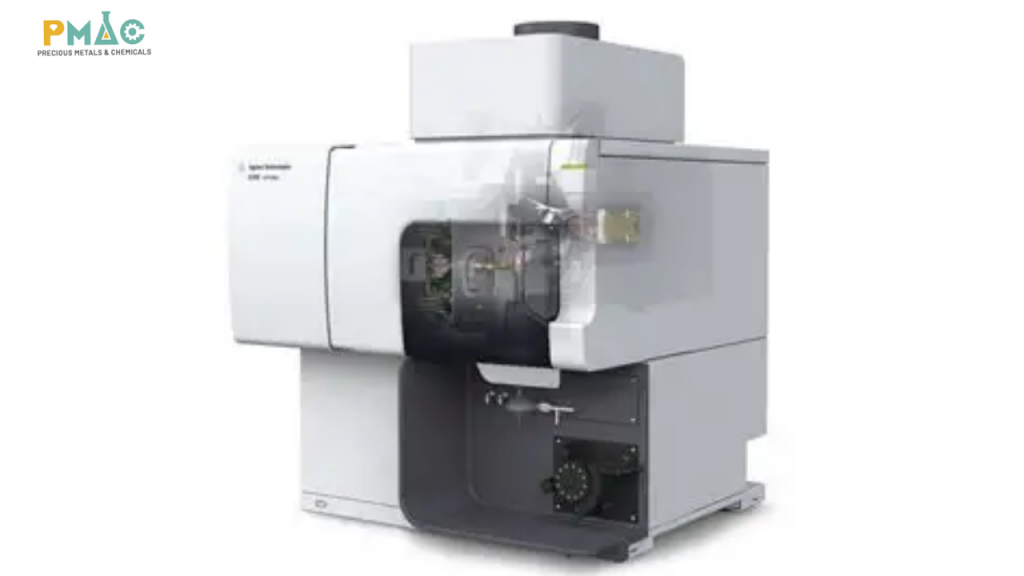
ICP-OES uses high-frequency plasma (from argon gas) to excite atoms in a sample, causing them to emit specific spectral lines.
This allows the instrument to detect and quantify elements with exceptional sensitivity and accuracy, especially useful for trace-level analysis.
ICP-OES is widely used in environmental labs to measure heavy metals in soil and water, in pharmaceuticals to detect impurities, and in research to develop new materials.
However, it requires sample digestion, has high investment costs, and demands technical expertise — making it more suitable for large labs or research institutions.
2. AAS (Atomic Absorption Spectroscopy)
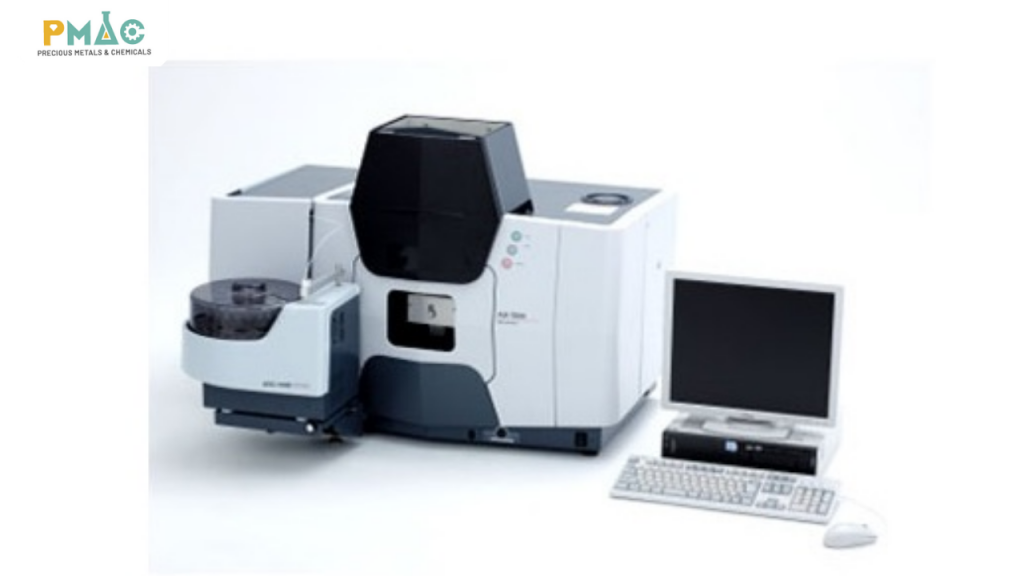
AAS is a popular and cost-effective method for determining metal concentrations in liquid samples.
It works by measuring the amount of light absorbed by free atoms at characteristic wavelengths.
AAS instruments are simpler to operate and more affordable than ICP-OES, while still providing reliable accuracy.
They are often used in food safety testing, water quality analysis, and educational laboratories.
The main limitation is that AAS analyzes one element at a time, making it slower than multi-element spectrometers.
>> Read more: What Is a Handheld XRF Analyzer? Principle and Applications of the Niton XL2
>> Read more: SpectraX Gold Analyzer – Accurate Differentiation of W and Re
3. XRF (X-ray Fluorescence Spectrometry)
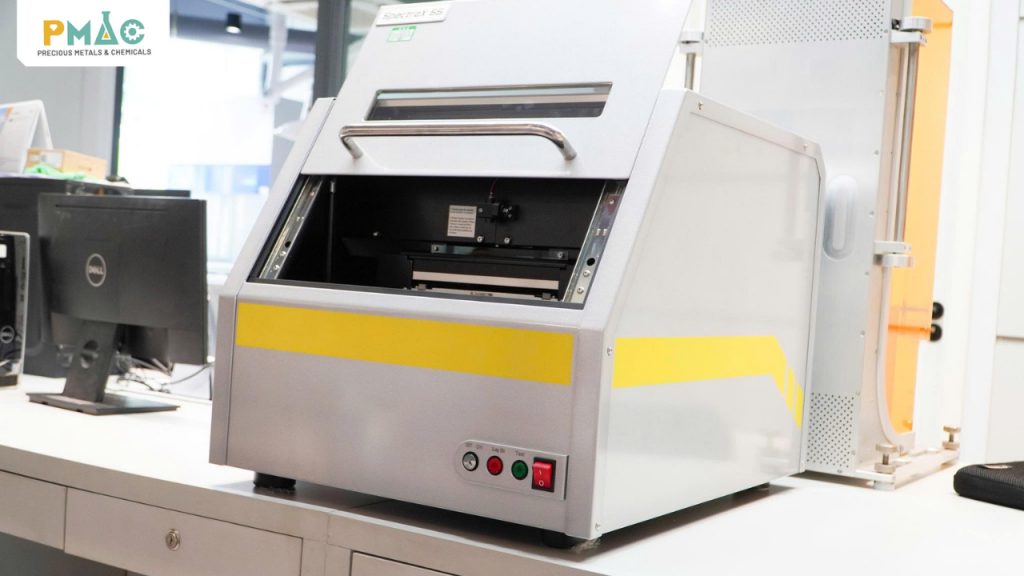
XRF spectrometers work by bombarding a sample with high-energy X-rays, causing atoms to emit their own characteristic radiation.
The emitted signals are analyzed to determine the sample’s elemental composition.
A key advantage of XRF is that it is non-destructive, delivers results within seconds, and can analyze multiple elements simultaneously.
Because of this, XRF is widely used in jewelry testing, metallurgy, and material inspection.
Both benchtop and handheld XRF models are available, making them ideal for jewelry shops and production lines.
PMAC’s XRF analyzers stand out for their high accuracy, fast operation, and user-friendly design, specifically optimized for the jewelry industry in Vietnam.
They enable jewelers to verify gold purity efficiently while enhancing business credibility.
IV. Why Choose PMAC Spectrometers?

PMAC is a trusted provider of advanced analytical instruments, including a full range of spectrometers.
Our strengths lie in precision, product diversity, and dedicated after-sales service.
PMAC’s instruments meet international laboratory standards while being tailored to the needs of Vietnamese businesses.
Our team of experts is always ready to assist clients with product selection, operation, and maintenance — ensuring peace of mind throughout the instrument’s lifetime.
📞 Contact PMAC today for expert advice and find the spectrometer best suited to your needs!
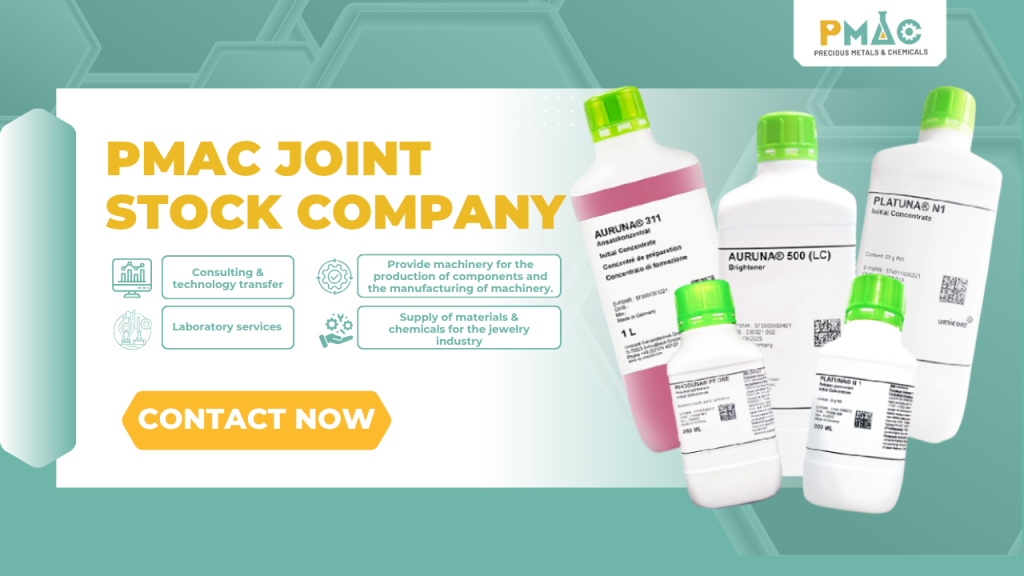
V. Conclusion
A spectrometer is more than just an analytical device — it’s a strategic solution that empowers businesses and research institutions to improve product quality, ensure safety, and advance scientific knowledge.
From jewelry, metallurgy, and environmental management to healthcare, electronics, and education — spectrometers are indispensable tools driving sustainable development.
